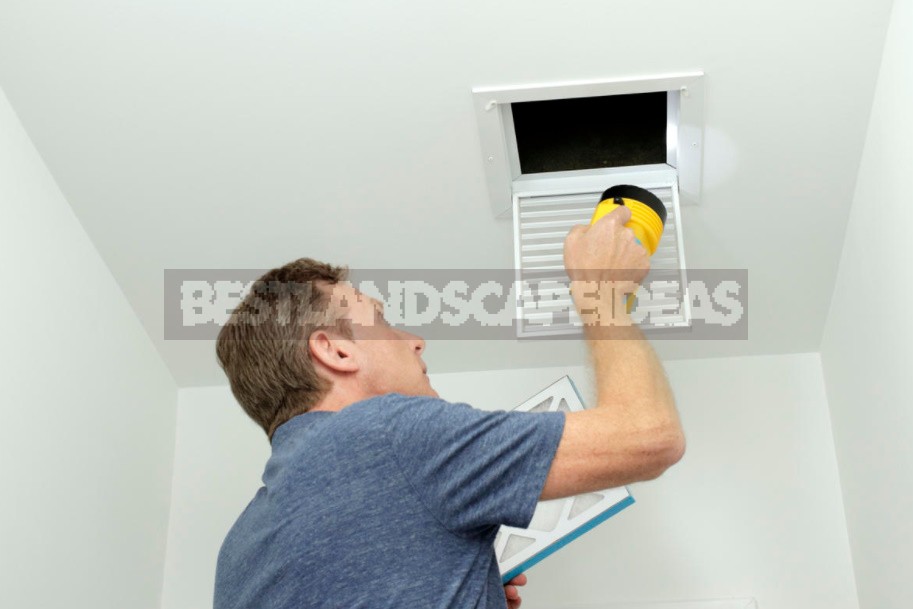
Well-organized ventilation is the key to comfort and a healthy microclimate in the living room. Let’s try to figure out how to arrange a ventilation system, and what mistakes should be avoided.
The rate of air exchange
The recommended amount of air exchange is determined based on the number of residents, the area (volume) of the premises and the type of ventilation. For natural ventilation in houses and apartments, where one person has at least 20 sq. m. of living space, recommended air consumption of at least 30 cubic meters per hour (but not less than 35% of the total volume of the room). In buildings where there are less than 20 square meters per person. air exchange should be at least three cubic meters of air per hour per square meter of living space.
How to arrange ventilation?
Most often, mixed ventilation is arranged in houses and apartments with the periodic use of forced air exchange in places of high humidity and local deterioration of the gas composition of the air (Fig. 1). The natural flow of air masses into the premises is provided by ventilation through open windows and doors, and infiltration through cracks and leaks in the enclosing structures.
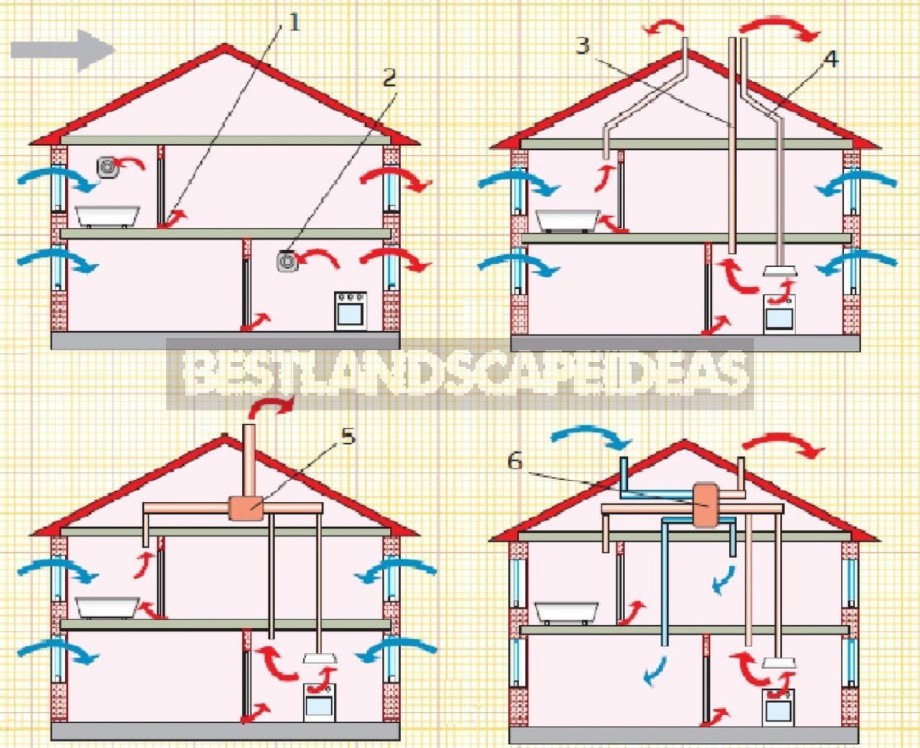
Fig. 1.Options for organizing the ventilation of the house.
1-ventilation gap 2 cm under the door; 2-exhaust fans with air duct outlet through the wall; 3-vent channels with a diameter of at least 125 mm; 4-slope of no more than 30°; 5-channel exhaust fan; 6 — supply and exhaust ventilation system with heat recovery
In modern homes, where there are virtually no slits, air enters through slotted valves at the top of the window frames. These can be conventional infiltration valves in the outer walls, or mechanical infiltrators that provide both passive and forced oxygen flow. With non-channel ventilation, windows, vents and transoms are used to remove exhaust gases.
A more perfect scheme of natural ventilation is that in which vertical exhaust ventilation channels are used. They are located in the thickness of the inner walls or in the attachment blocks at the inner walls. Intake openings for removing air from the upper areas of the room are placed at least 0.4 m from the ceiling and at the same time at least 2 m from the floor. In this case, only warm, gassed air masses will be removed from the area above human height.
In houses with stoves and fireplaces, separate vent channels are laid to supply street air to heating devices (Fig. 2). This allows you to avoid problems associated with a lack of air in the burnout zone, the occurrence of reverse thrust, a sharp decrease in the oxygen concentration. And also-with the need to keep the windows open when working stoves and fireplaces.
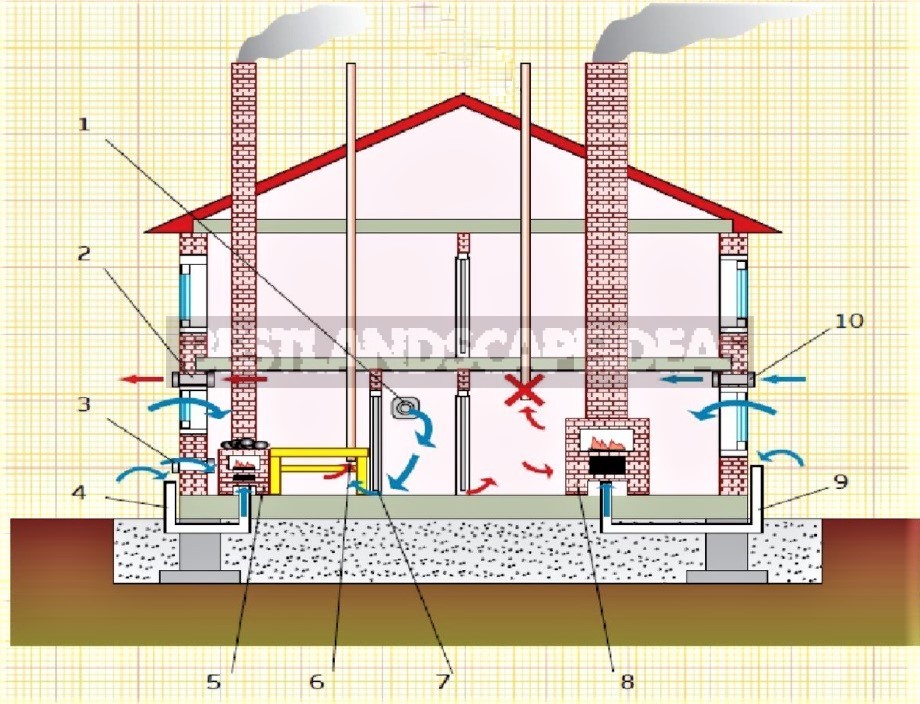
Fig.2. Features ventilation of houses with stoves and fireplaces: 1 — valve air infiltration or a window in an adjacent steam room; 2 — forced hood to remove the hot humid air; 3 — valve into the steam room to ensure 5-8-fold replacement of air per hour; 4 — separate supply channel for stoves; 5 — bath furnace; 6 — adjustable air intake for passive-drawing under the top shelves in the opposite corner of the furnace; 7 — additional air supply via a 3-cm gap under the door to the steam room; 8 — stove or fireplace; 9 — separate supply duct to the heater; 10 — forced supply ventilation in the absence of a supply air duct for the furnace
Ventilation device errors
There are several such errors. Fixing them will help you feel comfortable in the house.
The lack of air flow
In modern almost hermetic houses with a solid vapor barrier contour that excludes slotted air infiltration, and dense window frames, there are no accidental sources of air infiltration. In such houses, it is necessary to install air infiltration valves in the walls or slotted valves in the window frames.
A separate supply channel for outdoor air is required for the normal and safe operation of each stove or fireplace (Fig. 3). Moreover, it is necessary to supply air from the street, and not from the underground, where radioactive soil gases can accumulate. If a separate channel for the stove or fireplace is not provided, then you will need to install a mechanical supply ventilation, which is constantly working in the room during the heating of the stove.
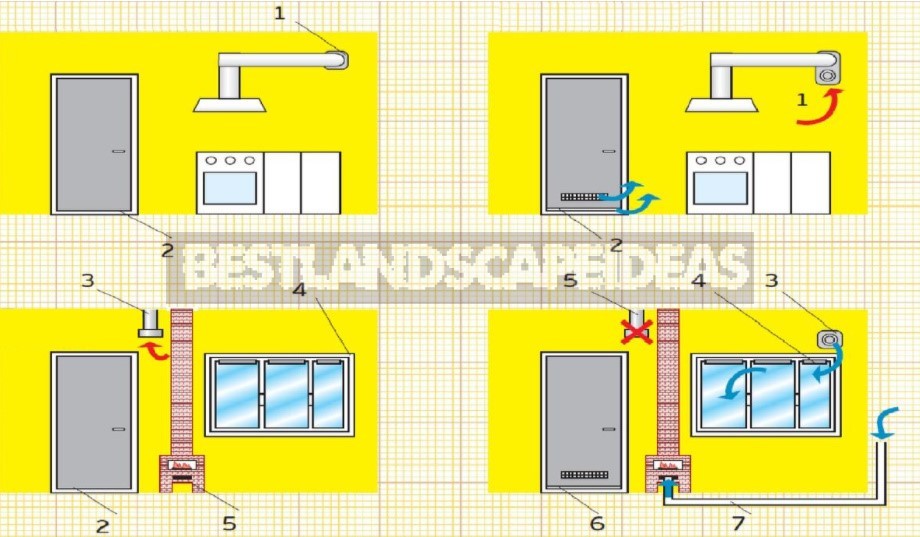
Fig. 3. Errors in the ventilation system in kitchens and in rooms with stoves and fireplaces.
Wrong (on the left): 1-connecting the exhaust hood instead of the exhaust ventilation vent; 2-no ventilation gap under the interior doors; 3-exhaust duct ventilation; 4-almost sealed windows; 5-no supply air duct of the furnace, or supply ventilation of the room.
Correct (right): 1-extraction into a separate vent channel, or preservation of passive air intake from the kitchen (double grate); 2, 6 — air gap or vent grate S = 200 sq. cm; 3-supply ventilation during heating; 4-slotted valves in the windows; 5-no exhaust ventilation; 7 – supply air duct of the furnace or mechanical supply ventilation of the room
Interior doors without gaps and bars
When natural ventilation is organized, less polluted air moves from sources of infiltration or open windows and doors through all rooms to duct exhaust ventilation in rooms with more polluted air (kitchens and bathrooms). For the free movement of air, there are gaps under the doors (S = 80 cm2) and vent lattices on the doors to the bathrooms (S = 200 cm2) for the supply of fresh air (Fig.4).
Vent channels without insulation
Such channels in the outer walls often pass through unheated rooms.As a result of their cooling or freezing, the draft deteriorates, and condensation forms on their internal surfaces. If the air ducts are placed near the outer wall, then an air or insulated gap of at least 50 mm must be left between the outer wall and the air duct.

Fig. 4. Errors in the ventilation system in residential areas and bathrooms.
Wrong (on the left): 1—almost sealed windows; 2-condensate; 3-no ventilation gap under the interior doors; 4-cold air enters when the fan is turned off; 5-condensate; 6-exhaust through the wall to the street; 7-no ventilation gap or vent grate.
Correct (right): 1—air infiltration valve or slotted valves in the windows; 2, 4-air gap or vent grid S = 80 sq. sm; 3-passive duct hood with a fan that turns on when humidity increases
Lack of ventilation in baths and saunas
To create a healthy atmosphere in the steam room, the air exchange of 5-8 volumes of the steam room per hour should be organized. The air in the steam room is fed through a separate supply duct under the stove or heater. The air is removed through an air duct in the opposite corner of the steam room, located under the shelves at a height of 80 to 100 cm. For quick removal of hot, humid air, a closed exhaust duct with air intake at the ceiling of the steam room is provided.
Lack of ventilation in the attic
In a roof with a cold attic, the interior space must be ventilated with outside air through special openings in the walls, the cross-sectional area of which, with a solid pitched roof, must be at least 1/1000 of the floor area. That is, for an attic of 100 sq. m. required ventilation openings of the attic space with a minimum area of at least 0.1 sq. m.
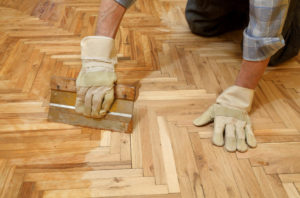
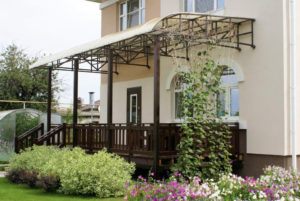
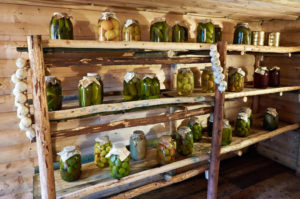
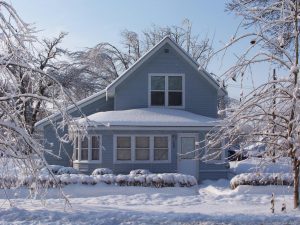
Leave a Reply